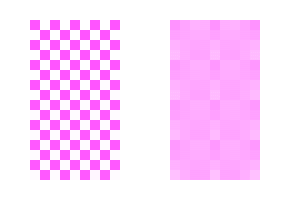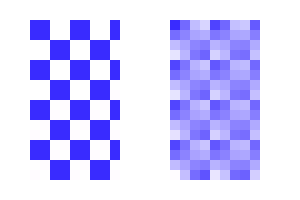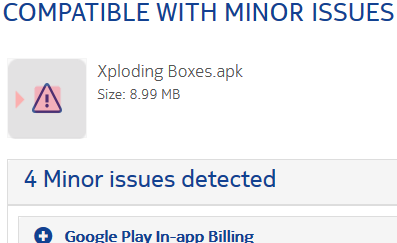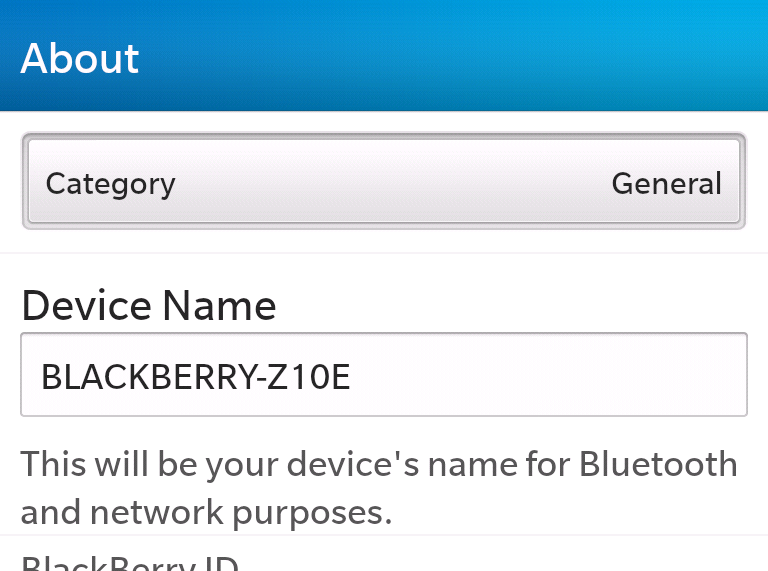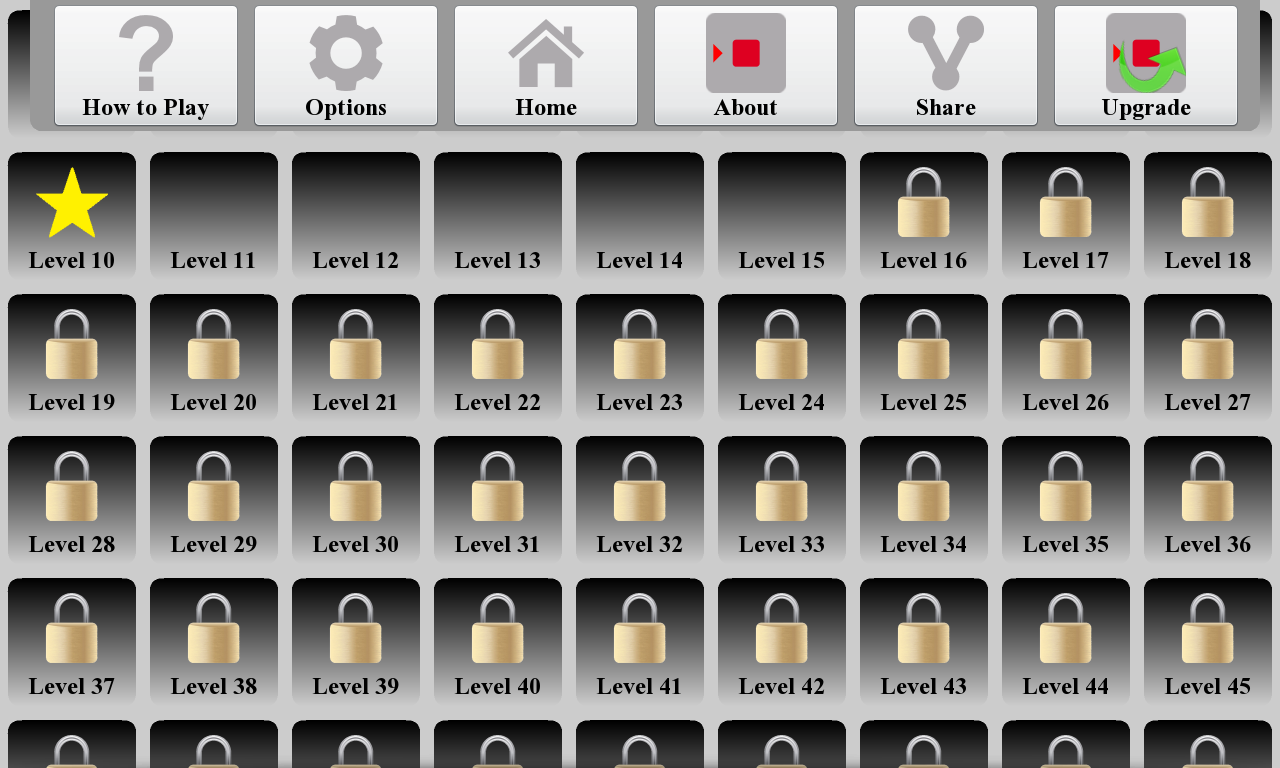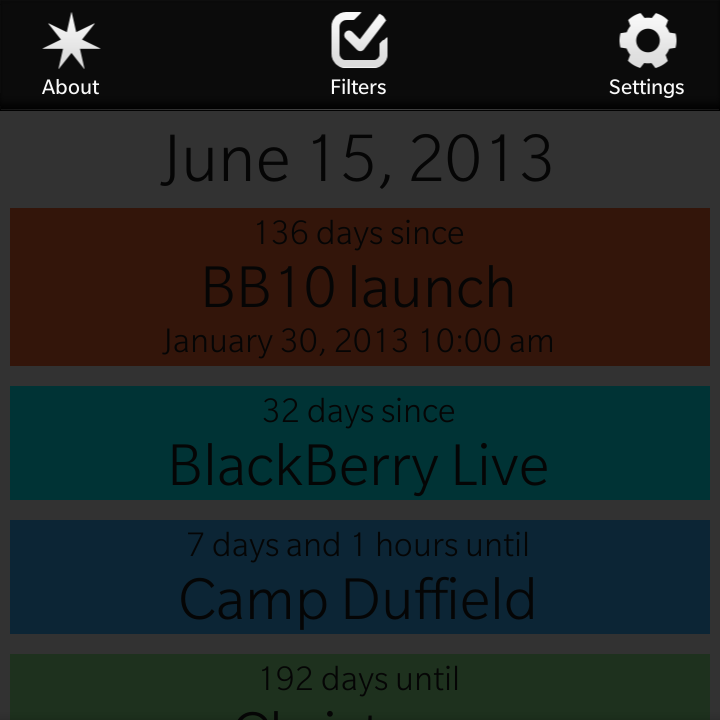There is a slight change in Cascades 10.3 dealing with conditional variables based off of the length of the hint text of a field. For example the following code (designed to only show the TextField when the hint text is not an empty string) would work on BlackBerry 10.2 but fails when run on BlackBerry 10.3
Container
{
property alias hint:newTextField.hintText
property alias text:lbl.text
Label
{
id:lbl
multiline:true
}
TextField
{
id:newTextField
visible:
{
if(hint.length>0)
{
true
}
else
{
false
}
}
}
}
Fortunately the work around for this is extremely simple. You just need to create (and set) an additional alias for the visibility of the field. This is shown below…
Container
{
property alias hint:newTextField.hintText
property alias text:lbl.text
property alias showTextField:newTextField.visible
Label
{
id:lbl
multiline:true
}
TextField
{
id:newTextField
}
}

